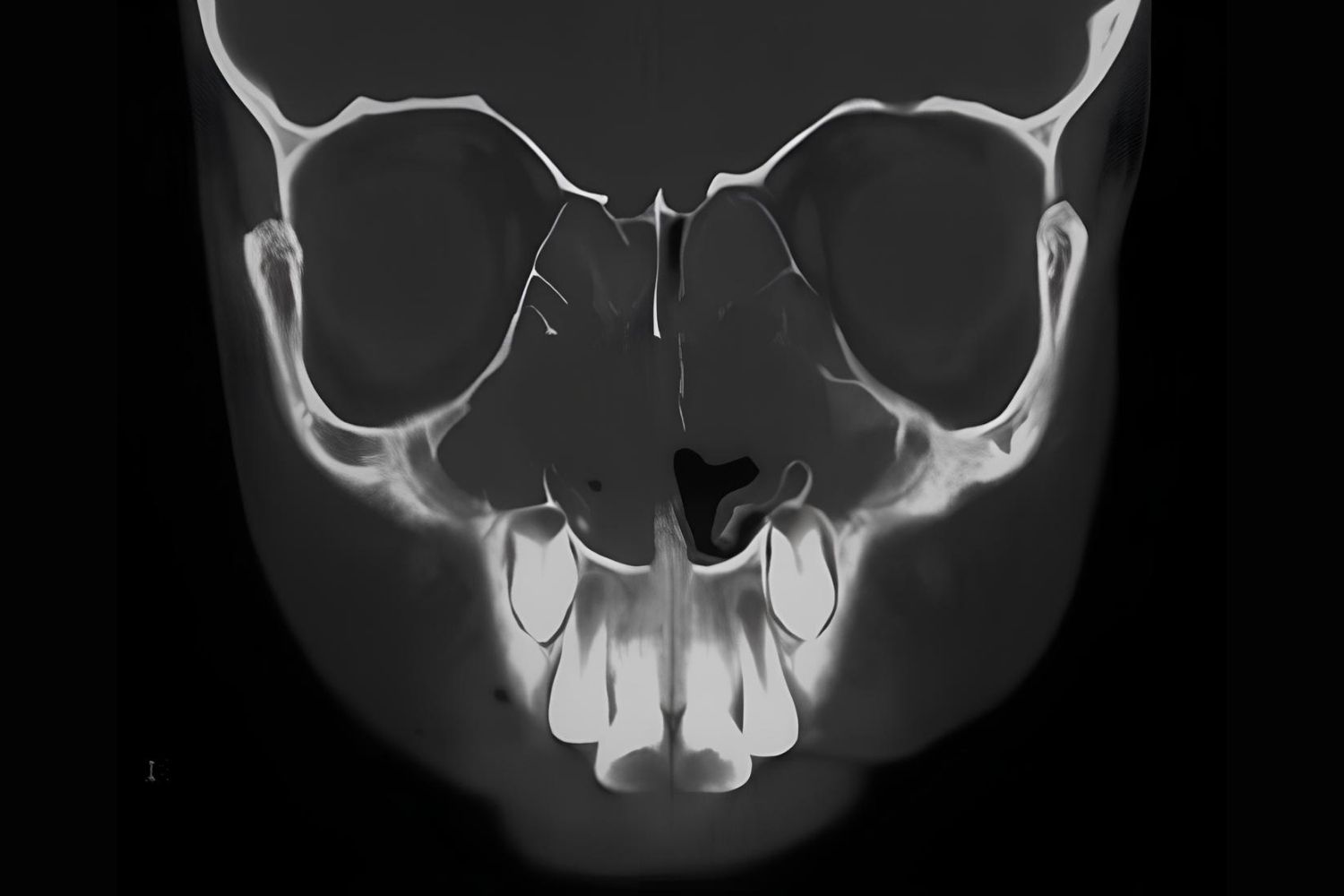
Familial Nasal Acilia might sound like a tongue-twister, but it's a fascinating genetic condition. Ever wondered why some people have a persistent runny nose or frequent sinus infections? This condition could be the culprit. Familial Nasal Acilia affects the tiny hair-like structures in the nose called cilia, which play a crucial role in keeping nasal passages clear. When these cilia don't work properly, it can lead to various respiratory issues. Understanding this condition can help in managing symptoms better and improving quality of life. Let's dive into 25 intriguing facts about Familial Nasal Acilia that will shed light on this rare but impactful condition.
Key Takeaways:
- Familial Nasal Acilia is a rare genetic condition affecting nasal cilia, causing congestion and sinus infections. There's no cure, but research and support networks offer hope and help for those affected.
- Genetic mutations in DNAH5, DNAI1, and CCDC39 genes cause Familial Nasal Acilia. Families can seek genetic counseling and prenatal testing for risk assessment. Support networks and ongoing research offer hope for better management.
What is Familial Nasal Acilia?
Familial Nasal Acilia is a rare genetic condition affecting the cilia in the nasal passages. These tiny hair-like structures play a crucial role in keeping the respiratory system clean. Let's dive into some fascinating facts about this condition.
-
Familial Nasal Acilia is inherited in an autosomal recessive manner, meaning both parents must carry the gene for a child to be affected.
-
The condition primarily affects the cilia, which are responsible for moving mucus and debris out of the nasal passages.
-
Symptoms often include chronic nasal congestion, frequent sinus infections, and a reduced sense of smell.
-
Diagnosis typically involves a combination of genetic testing and a biopsy of the nasal tissue to examine the cilia under a microscope.
-
Treatment focuses on managing symptoms, as there is currently no cure for the condition.
Genetic Basis of Familial Nasal Acilia
Understanding the genetic underpinnings of Familial Nasal Acilia can provide insights into its diagnosis and potential treatments.
-
Mutations in the DNAH5 gene are commonly associated with Familial Nasal Acilia.
-
The DNAH5 gene provides instructions for making a protein that is essential for the normal function of cilia.
-
Other genes, such as DNAI1 and CCDC39, have also been implicated in the condition.
-
Genetic counseling is recommended for families with a history of the condition to understand their risk of passing it on to their children.
-
Prenatal genetic testing can identify whether a fetus has inherited the condition.
Impact on Daily Life
Living with Familial Nasal Acilia can present unique challenges. Here are some ways it affects daily life.
-
Frequent sinus infections can lead to missed school or work days.
-
Chronic nasal congestion can make breathing difficult, especially during physical activities.
-
A reduced sense of smell can impact the ability to taste food, leading to a decreased appetite.
-
Regular visits to an ENT specialist are often necessary to manage symptoms and prevent complications.
-
Nasal irrigation and other home remedies can provide some relief from congestion and discomfort.
Advances in Research
Ongoing research is crucial for improving the lives of those with Familial Nasal Acilia. Here are some recent advancements.
-
Researchers are exploring gene therapy as a potential treatment for the condition.
-
Advances in imaging technology have made it easier to study the structure and function of cilia.
-
Animal models, such as mice, are being used to better understand the genetic and molecular mechanisms of the condition.
-
Clinical trials are underway to test new medications that may help manage symptoms more effectively.
-
Collaboration between researchers, clinicians, and patient advocacy groups is driving progress in the field.
Support and Resources
Support networks and resources can make a significant difference for individuals and families affected by Familial Nasal Acilia.
-
Patient advocacy groups provide valuable information and support for those living with the condition.
-
Online forums and social media groups offer a platform for individuals to share their experiences and connect with others.
-
Educational materials and resources can help families understand the condition and manage its symptoms.
-
Financial assistance programs may be available to help cover the cost of medical treatments and therapies.
-
Mental health support is important for coping with the emotional challenges of living with a chronic condition.
Final Thoughts on Familial Nasal Acilia
Familial Nasal Acilia, a rare genetic disorder, affects the tiny hair-like structures in the nose called cilia. These cilia play a crucial role in keeping the respiratory system clean by moving mucus and trapped particles out of the nasal passages. When these cilia don't work properly, it can lead to chronic respiratory issues, frequent infections, and other complications.
Understanding this condition helps in recognizing symptoms early and seeking appropriate medical care. Genetic counseling can be beneficial for families with a history of this disorder. While there's no cure, treatments focus on managing symptoms and improving quality of life.
Staying informed about Familial Nasal Acilia empowers individuals and families to make better health decisions. Knowledge is key in navigating the challenges posed by this rare condition.
Frequently Asked Questions
Was this page helpful?
Our commitment to delivering trustworthy and engaging content is at the heart of what we do. Each fact on our site is contributed by real users like you, bringing a wealth of diverse insights and information. To ensure the highest standards of accuracy and reliability, our dedicated editors meticulously review each submission. This process guarantees that the facts we share are not only fascinating but also credible. Trust in our commitment to quality and authenticity as you explore and learn with us.
